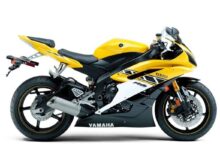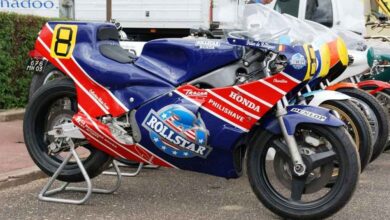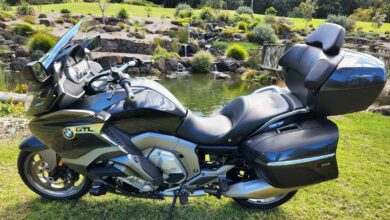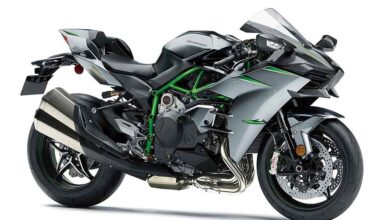Unleashing the Power of the Yamaha YZR500: A Legendary Racing Machine
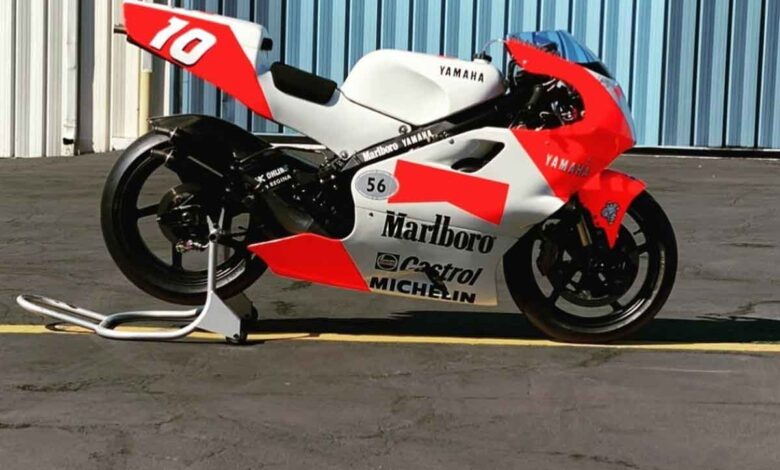
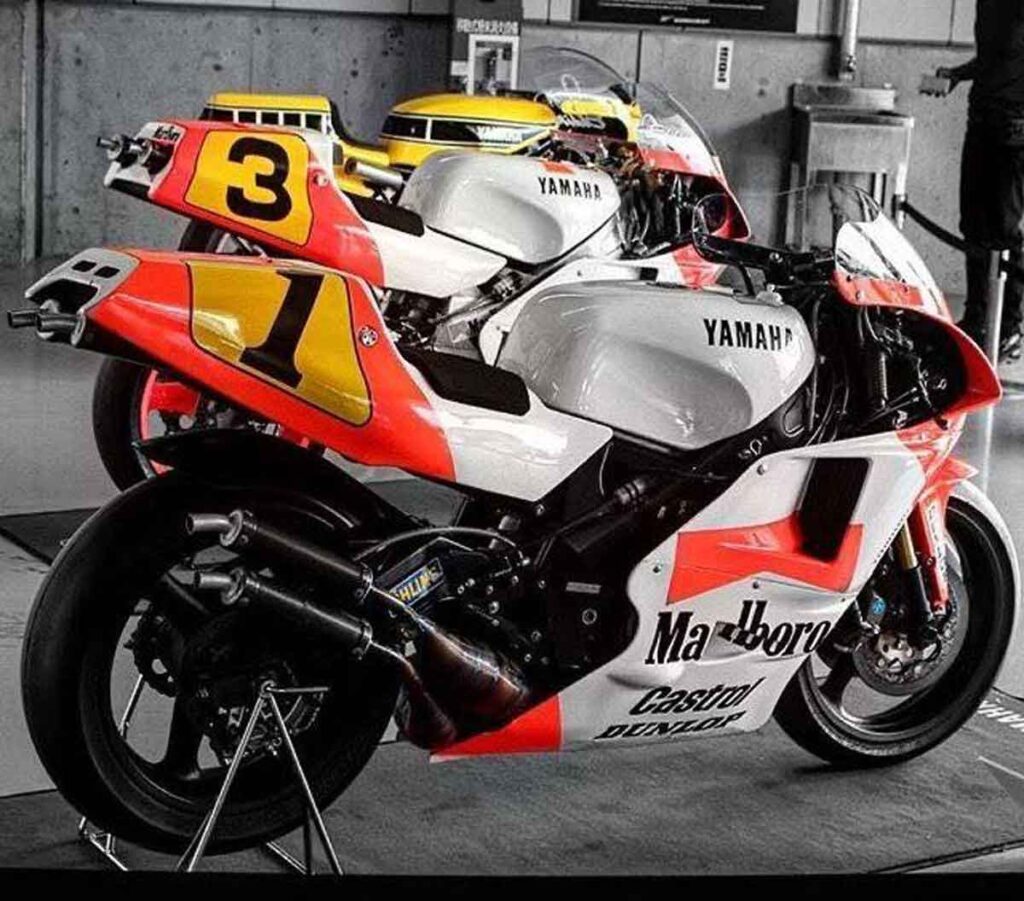
Contents
Description:
In the world of motorcycle racing, few machines have achieved the level of acclaim and reverence as the Yamaha YZR500. Introduced in the 1970s, this iconic racing motorcycle has left an indelible mark on the sport. With its innovative design, relentless power, and exceptional handling, the YZR500 has become a legend on the track. In this blog post, we will delve into the rich history of the Yamaha YZR500, explore its groundbreaking features, and showcase its impact on motorcycle racing.
Section 1: The Birth of a Legend
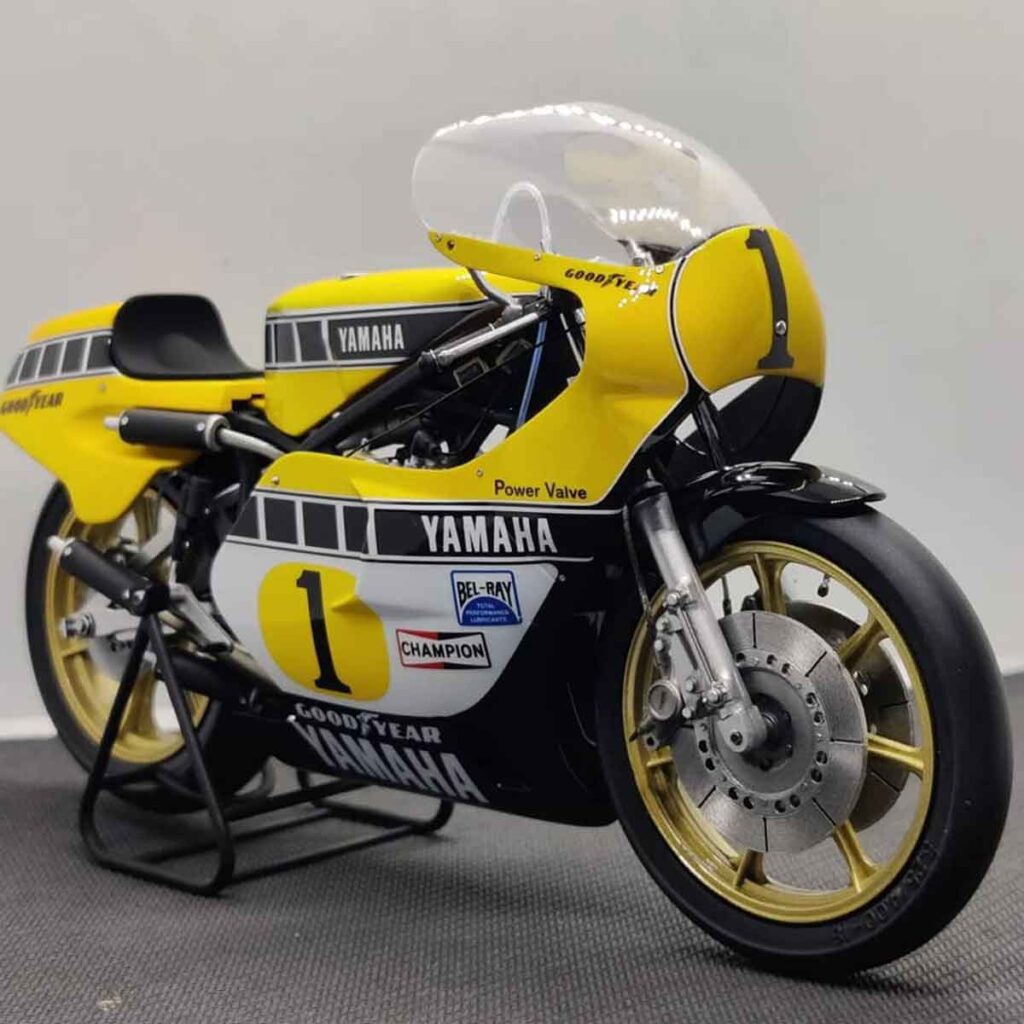
The Yamaha YZR500 was born out of Yamaha’s desire to dominate the fiercely competitive world of motorcycle racing. In the early 1970s, Yamaha recognized the need for a powerful and agile racing machine that could outperform its rivals. Thus, the development of the YZR500 began.
The Evolution of the YZR500
The first iteration of the YZR500 was introduced in 1973 and featured a two-stroke, V4 engine with a displacement of 499cc. Over the years, Yamaha continuously refined and improved the YZR500, pushing the boundaries of performance and technology.
Dominance on the Track
The YZR500 quickly proved its mettle on the track, securing numerous victories and championships. Its exceptional power-to-weight ratio, combined with its superior handling characteristics, allowed riders to push their limits and achieve unparalleled performance.
ENGINE OF YZR500
The YZR500, as mentioned earlier, is a racing motorcycle produced by Yamaha. The engine of the YZR500 is a critical component that determines the bike’s performance and capabilities on the race track.
While specific technical details may vary across different models and years of production, the general characteristics of the YZR500 engine include:
- Displacement: The YZR500’s engine typically has a displacement of 500cc. This displacement refers to the total volume of air and fuel that the engine’s cylinders can accommodate during one complete combustion cycle.
- Cylinder Configuration: The engine is usually a two-stroke V4 engine, meaning it has four cylinders arranged in a V-shaped configuration. This design allows for a more compact and lightweight engine while providing high power output.
- Two-Stroke Design: The YZR500’s engine uses a two-stroke design, which means it completes a full power cycle in just two strokes of the piston (upstroke and downstroke). This design is common in racing motorcycles as it allows for higher power output but requires specific considerations for fuel and lubrication.
- High RPM: Racing motorcycles like the YZR500 are designed to operate at very high RPM (revolutions per minute) to deliver maximum power and speed on the track.
- Liquid Cooling: To maintain optimal engine temperature during intense racing conditions, the YZR500 engine is equipped with a liquid cooling system. This helps dissipate excess heat and prevents the engine from overheating.
- High-Performance Components: The engine of the YZR500 is built with high-performance components, such as lightweight materials, high-compression ratios, and advanced engineering, to maximize power and responsiveness.
- Fuel Injection System: Modern versions of the YZR500 may come equipped with a fuel injection system, providing precise fuel delivery for improved efficiency and power delivery.
It’s important to note that specific technical details of the YZR500 engine can vary depending on the year of production and any modifications made for different racing seasons or regulations. For the most accurate and up-to-date information, it’s best to refer to official Yamaha sources or documentation related to the YZR500 racing motorcycle.
Section 2: Groundbreaking Features

The Yamaha YZR500 was a pioneer in terms of engineering and design. Let’s take a closer look at some of its groundbreaking features:
Two-Stroke Powerhouse
The heart of the YZR500 was its two-stroke, V4 engine. This compact and lightweight powerplant delivered explosive acceleration and high-revving performance, making it a force to be reckoned with on the track.
Advanced Chassis and Suspension
To harness the immense power of the YZR500, Yamaha developed an advanced chassis and suspension system. The frame was designed to provide optimal rigidity and stability, while the suspension allowed for precise control and feedback, enabling riders to navigate corners with precision.
Aerodynamic Excellence
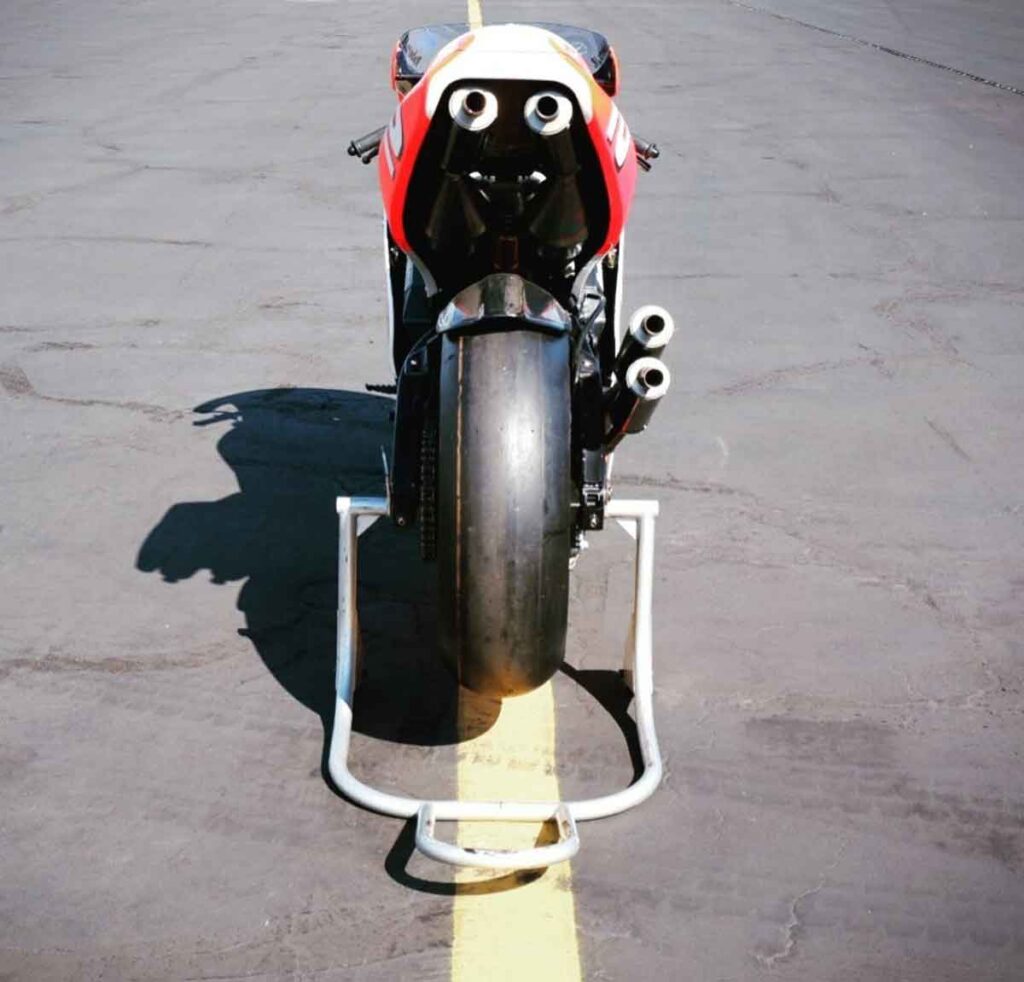
Aerodynamics played a crucial role in the performance of the YZR500. Yamaha engineers meticulously crafted the bodywork to reduce drag and improve high-speed stability, allowing riders to maintain their speed through corners and on straightaways.
Section 3: Unforgettable Racing Moments
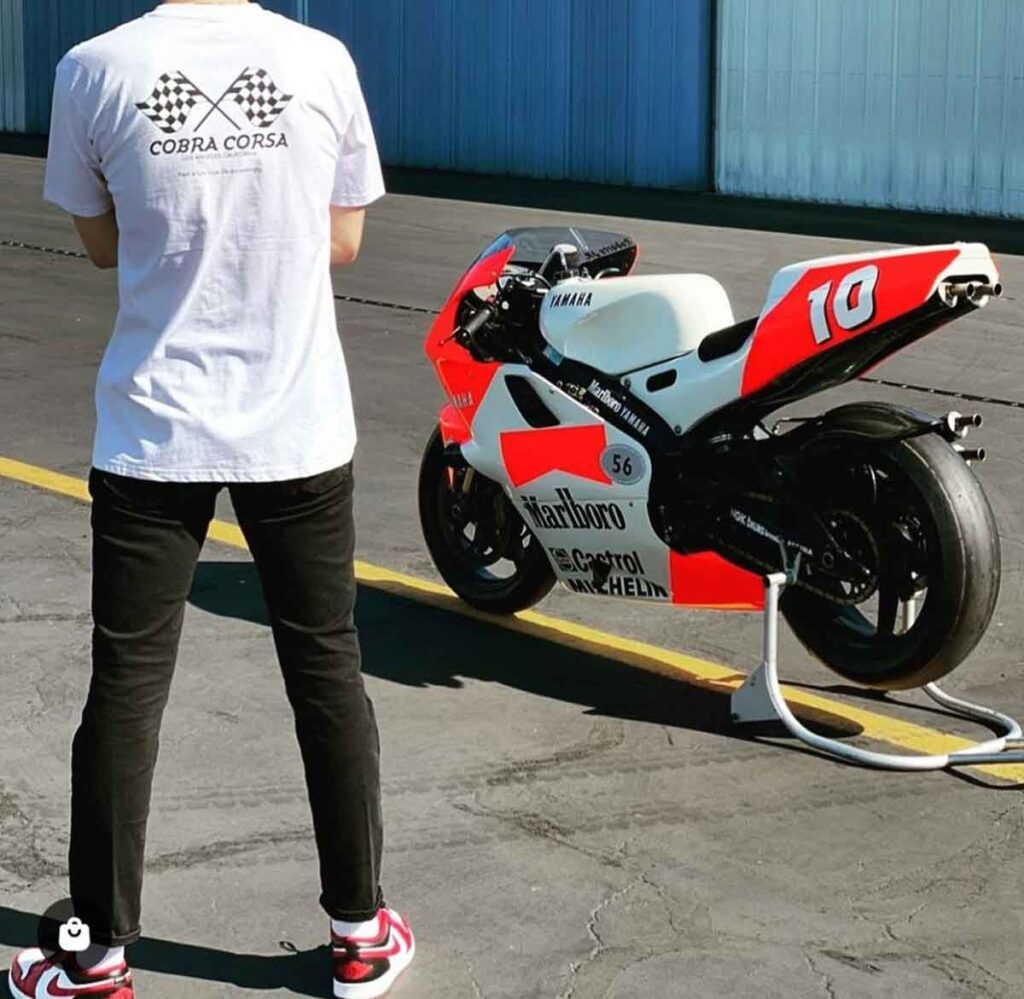
The Yamaha YZR500 has been part of numerous unforgettable racing moments throughout its illustrious history. Let’s relive some of these iconic moments:
Wayne Rainey’s Dominance
Wayne Rainey, a legendary rider, achieved great success on the YZR500, winning three consecutive 500cc World Championships from 1990 to 1992. His skillful riding and the YZR500’s exceptional performance formed a formidable combination that propelled Rainey to greatness.
Mick Doohan’s Triumphs
Australian rider Mick Doohan also enjoyed tremendous success on the YZR500. He won five consecutive 500cc World Championships from 1994 to 1998, showcasing the YZR500’s dominance during that era.
Section 4: Legacy and Influence

The Yamaha YZR500’s impact extends far beyond its victories on the track. Its innovative design and technological advancements have influenced subsequent generations of racing motorcycles. Let’s explore its lasting legacy:
Influence on Future Yamaha Models
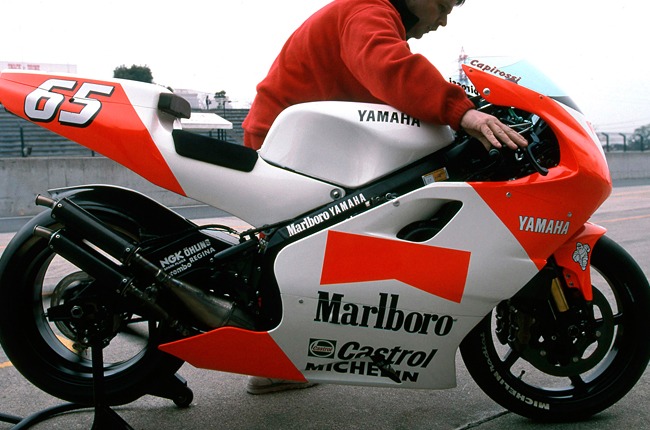
The engineering breakthroughs achieved with the YZR500 paved the way for future Yamaha models. The knowledge gained from developing and refining the YZR500’s engine, chassis, and suspension systems directly contributed to the development of Yamaha’s high-performance road bikes.
Inspiration for Other Manufacturers
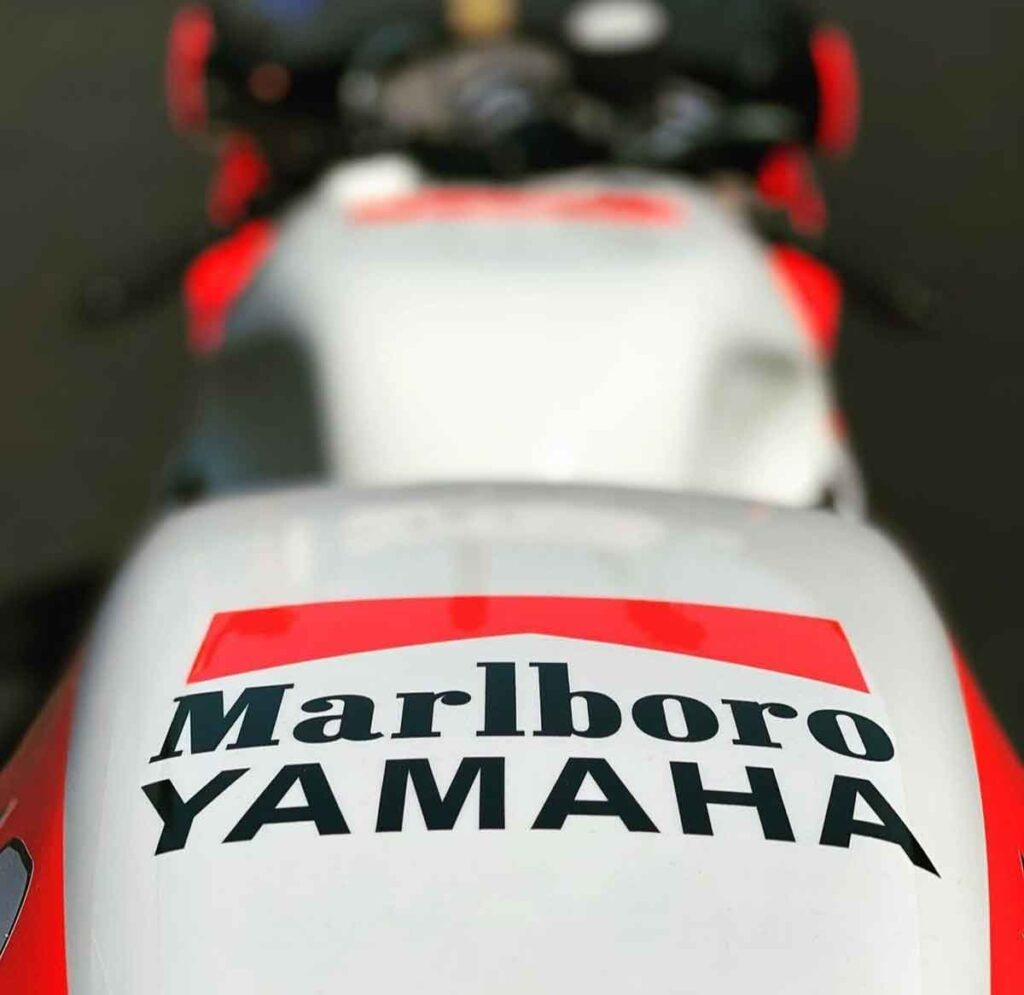
The success of the YZR500 inspired other manufacturers to push the boundaries of motorcycle racing. Yamaha’s dominance with the Yamaha YZR500 motivated rival companies to invest in their own research and development, leading to advancements in the sport as a whole.
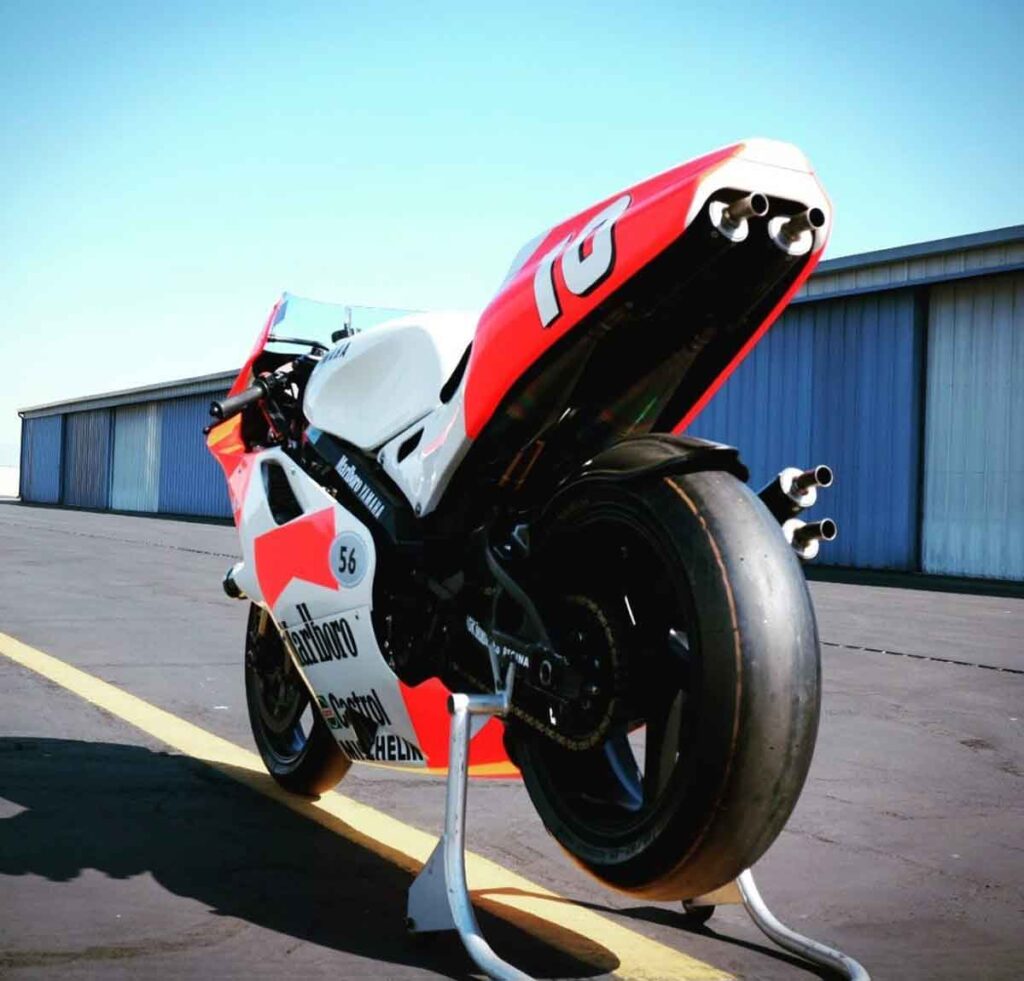
YAMAHA YZR500
- Price new: £75,000 (1992)
- Price now: About the same!
- Engine: 498cc, liquid-cooled V4, two-stroke.
- Power: 155bhp-190bhp (between 1992-2001 and dependent on factory parts!)
- Weight: 130kilos (dry)
- Wheelbase: 1370mm (but adjustable!)
- FOR: Utterly gorgeous – the ultimate two-stroke track day machine!
- AGAINST: Try finding one…
Section 5: Collecting and Preserving the Yamaha YZR500
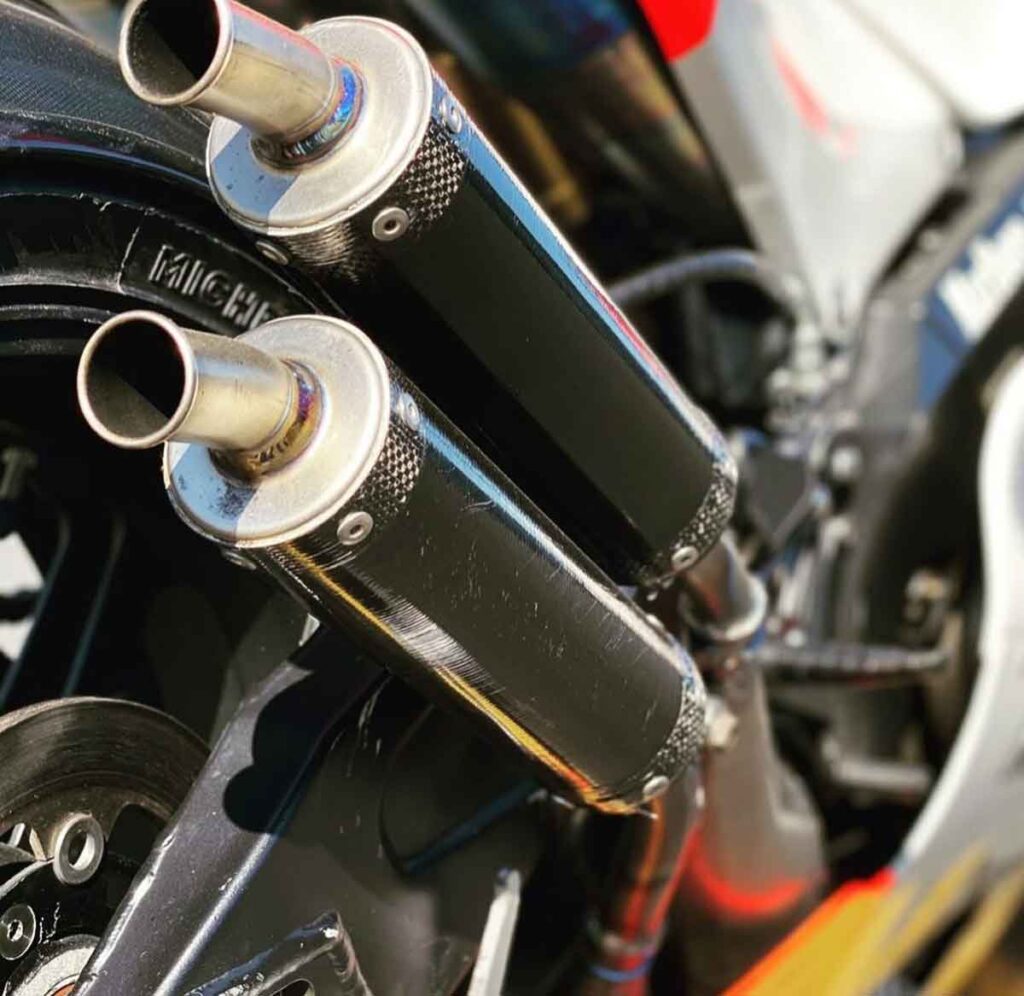
The major new feature of this model was the adoption of a new engine with a bore x stroke specification changed from 56×50.6mm to 54x54mm. This change successfully increased the top speed by achieving a better balance between power and torque, based on overall intake and exhaust efficiency rather than simply increasing the RPM. This model was also characterized by the use of a forged “powder-metal” piston, which had excellent heat resistance qualities.
Additionally, it featured a new frame design that eliminated the seat rail. Riding this machine, Norick Abe achieved his first GP victory at the Japan GP, managing to shave approximately two seconds off his qualifying time and recording the fastest lap. Furthermore, L. Capirossi also won the final round of the season, the Australian GP, riding the OWJ1.
Due to its legendary status, the Yamaha YZR500 has become highly sought after by motorcycle enthusiasts and collectors. Preserving the legacy of this iconic machine is essential. Here are some tips for collecting and preserving a YZR500:
Authenticity and Documentation about Yamaha YZR500
When acquiring a YZR500, it is crucial to ensure its authenticity and obtain proper documentation. This includes verifying the bike’s history, ownership, and any accompanying paperwork.
Regular Maintenance and Care
To preserve the YZR500’s performance and appearance, regular maintenance is essential. This includes routine servicing, proper storage, and adherence to manufacturer-recommended maintenance schedules.
Connecting with the YZR500 Community

Joining online forums or attending motorcycle events dedicated to the YZR500 allows enthusiasts to connect with like-minded individuals, share knowledge, and gain insights into restoring and maintaining these iconic machines.
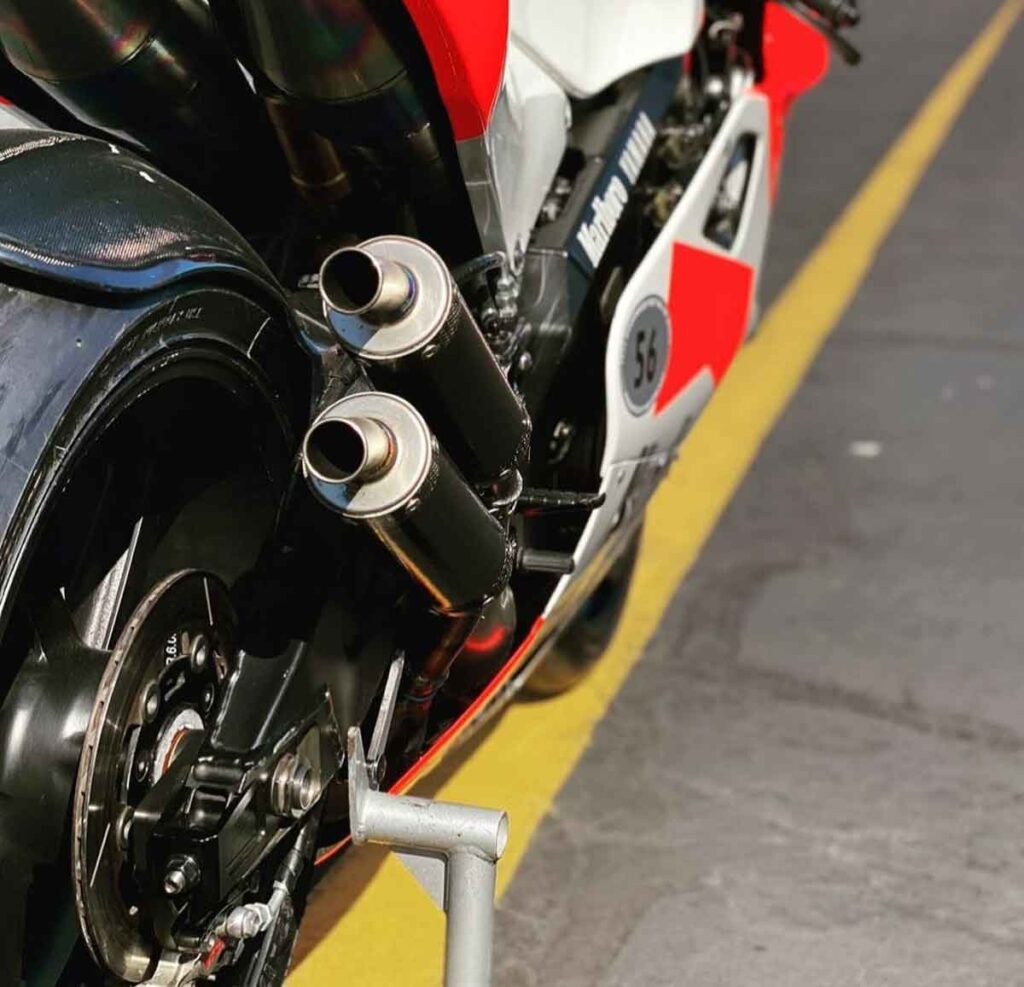
Who can the YAMAHA YZR500 rival?
The Yamaha YZR500, a racing motorcycle, would typically compete against other manufacturers’ racing motorcycles in various motorcycle racing championships, particularly in the 500cc class. Throughout its racing career, which spanned several decades, the Yamaha YZR500 had various rivals from different manufacturers. Some of its main rivals throughout history included:
Honda: Honda has been a major competitor for Yamaha in motorcycle racing for many years. The Honda NSR500 was one of the main rivals to Yamaha YZR500 in the 500cc class. The battles between Yamaha and Honda in the 500cc Grand Prix races were legendary and provided some of the most exciting moments in motorcycle racing history.
Suzuki: Suzuki also had a strong presence in the 500cc class, and their motorcycle, such as the Suzuki RGV500, was a fierce rival to Yamaha’s YZR500. Suzuki riders competed fiercely with Yamaha and Honda for top honors in the Grand Prix races.
Cagiva: Cagiva, an Italian manufacturer, also participated in the 500cc class with their Cagiva V589 and V590 motorcycles. They were not as dominant as Honda or Yamaha, but they still provided strong competition.
Aprilia: Aprilia, another Italian manufacturer, entered the 500cc class with their Aprilia RS Cube. While they were relatively new to the class, they added to the competition and challenged the established manufacturers.
Kawasaki: Kawasaki occasionally participated in the 500cc class with their Kawasaki KR500. Though not as consistently competitive as the other manufacturers mentioned, they were still a presence on the grid.
It’s important to note that the Yamaha YZR500 rivals varied over time due to changes in regulations, the entry of new manufacturers, and the evolution of racing motorcycles. The competitiveness in the 500cc class provided thrilling races and intense rivalries that captivated motorcycle racing fans worldwide. The 500cc class was eventually replaced by the MotoGP class, which features 1000cc four-stroke motorcycles, and the YZR500 was retired from Grand Prix racing at the end of the 2001 season.
Conclusion:
The Yamaha YZR500 holds a special place in the hearts of motorcycle racing enthusiasts. Its groundbreaking features, unrivaled performance, and unforgettable moments on the track have solidified its status as a true legend. As we look back at the legacy of the YZR500, it is clear that its impact on motorcycle racing continues to resonate today.
Facebook: https://www.facebook.com/Motobikeinworld
Twiter: https://twitter.com/motoinworld2023
Instagram: https://www.instagram.com/motoinworld/
Pinteres: https://www.pinterest.com/motoinworld/






